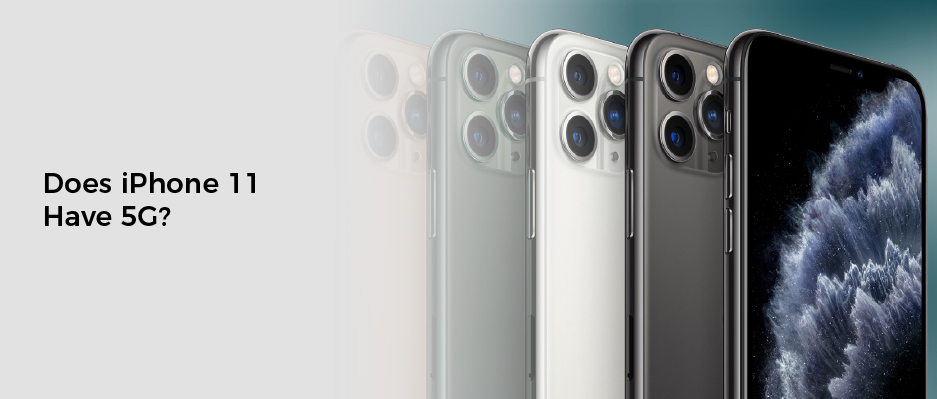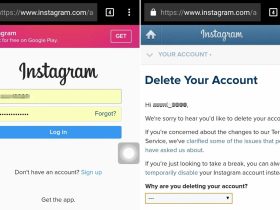If you’re planning on getting an iPhone 11, you might be wondering if it has 5G. While Apple’s latest iPhones use LTE, which is a cellular technology that doesn’t support the millimeter wave 5G standard, it doesn’t mean that your new phone isn’t going to get you a super-fast connection.
iPhone 11 uses LTE instead of LTE
A lot of iPhone users are experiencing problems with their LTE/4G connection. While there are a number of reasons why this is happening, there are also solutions for fixing it.
If you are an iPhone user, you know how important a good network is. Whether you are looking for better data coverage, a better smartphone experience or a way to improve your battery life, you need a strong network. You may need to try switching between networks.
Depending on your carrier, you can find the solutions to your cellular data issues in the Settings app. This includes the options for enabling cellular data and setting up a data roaming connection.
Some carriers require you to manually update your carrier settings, while others have apps to do this for you. You can also try to reset your network settings. However, this is only recommended if your carrier is not able to provide you with a solution.
One of the most common ways to fix a problem like this is to restart your device. A reboot will allow your phone to re-establish its 4G signal.
Another trick to rebooting your iPhone is to install a new SIM card. This can be done by inserting the SIM card tray and gently sliding it out.
Another way to improve your 4G LTE connectivity is to reset your network settings. The simplest way to do this is to go into the Settings app, tap on Cellular, and drag the slider to the right. After that, you can select your cellular network.
Alternatively, you can switch to a different network if you feel the need to save your battery life. You may also want to use voice over LTE (VOLTE) for better video calling.
Finally, you should check your data plan. If you are using a data-only plan, you may have been limited to a small amount of data. By checking your data allowance, you can ensure you have plenty of free bandwidth to download your favorite apps and movies.
If you still have no luck, you should call your carrier. They may need to reset your SIM card or debug your system to figure out what is causing the problem.
iPhone 12 uses 5G whenever it’s available
A few months ago, Apple released its iPhone 12 and iPhone 12 Pro. These new devices are equipped with 5G cellular connectivity. This is a great way to make the most of your mobile experience. While the performance of this new technology will vary, it will help to ensure your device is up to speed for the next generation of wireless networks.
The iPhone 12 is a step up from the iPhone 11, with an improved processor, OLED panels, and a faster camera. It has also improved its durability from drops. In addition, Apple has added new features, including an improved night mode and Dolby Vision HDR content.
For the first time, the iPhone 12 supports 5G. However, you’ll have to make sure your iPhone 12 is ready for this new technology. You can check the network coverage map of your mobile service provider to find out if you’re in luck.
If you’re not, you’re missing out on a whole new level of smartphone performance. This is because 5G has a much higher bandwidth than 4G LTE. Your phone should be able to support a large number of high-definition videos and movies, and it’s likely to improve your gaming and live streaming experiences.
While you might not notice a noticeable difference in day-to-day usage, a 5G connection might be a big improvement when it comes to live gaming or video downloads. But, top speeds won’t be a norm for most people.
Another impressive feature of the iPhone 12 is its ability to switch between 5G and 4G networks, which can conserve your battery power. You can also use your iPhone 12 to take advantage of augmented reality.
While there are many improvements, there are still some downsides. For example, the battery life of the first generation 5G phones was pretty poor. And there was a lot of hype over 5G, which led to some compatibility issues.
Ultimately, you’ll want to test the 5G capabilities of your iPhone. The good news is that it won’t be long until you can enjoy the benefits of this new wireless technology.
iPhone SE doesn’t support millimeter-wave 5G
The new iPhone SE is Apple’s cheapest 5G device, but it doesn’t support millimeter-wave frequencies. Instead, it has a sub-6GHz C-band network, which offers faster speeds. While it’s not the fastest 5G network, it does offer blazing-fast download and upload speeds, meaning you can play games or stream high-definition video on the go.
One of the reasons Apple left out mmWave on the iPhone SE is because it would have added up to $60 to $120 to the price. In order to incorporate mmWave in the future, Apple’s iPhone SE would have needed to have a whole new design. This means it would have to have a completely new chassis with room for antennas.
Verizon has been waiting for the iPhone SE to come out. Its CEO spoke at the iPhone 12 unveiling and said that Verizon would carry the phone. He also said that Verizon’s 5G network is going to be focused on C-band.
If the upcoming iPhone SE doesn’t have mmWave, it’s possible it won’t work on Verizon’s 5G network. However, the carrier’s recent deployment of a sub-6GHz C-band network should cover most of the country.
In fact, AT&T’s C-band network will expand to more areas in the coming months. Before buying a phone, it’s important to check with your wireless carrier to make sure it supports 5G.
Having a 5G-capable phone can mean more fun, but it can also drain your battery. In many cases, 5G is faster than 4G LTE. That means you’ll be able to stream high-definition videos or play games without lag. But you’ll need to be close to a 5G tower to use the fastest millimeter-wave speeds.
Those who need the highest cellular speeds will need to look for phones that are equipped with mmWave. They’re much more sensitive than other frequencies, allowing them to download and upload data quickly.
Until it becomes available, however, Verizon’s mmWave 5G network is not compatible with the newest iPhone SE. Big Red’s Galaxy S20 isn’t available with a microSD slot, and its battery life is only a little better than the iPhone 12 Mini.
Apple could transition to its own modems as early as 2024
Apple is expected to start using its own modems in the iPhone line as early as 2024. This is a development that has been in the works for several years. Since purchasing Intel’s smartphone modem business last year, Apple has been able to build its own chipsets.
However, the company hasn’t been able to produce a 5G modem that can replace the Qualcomm chip that the iPhone uses today. The reason for the delay in developing the Apple-made modem is overheating issues with the prototypes that Apple is developing.
According to a recent Bloomberg report, the prototypes for the Apple-made modem have overheated and failed to perform properly. While this may be a short-term issue, Apple will still need to fix it before it can be used on any devices.
Although Apple is reportedly working on a 5G modem, it will not be ready for use in iPhones until at least 2024. Apple had originally planned to switch to its own modems in the next generation of iPhones, but may have stumbled in the first few months of testing.
If Apple does go with its own modems, it will likely be in the iPhone 15 series. That means that it will not be ready for the iPhone 16 and iPhone 17 in 2024, but it could be useful for future products.
But Apple may need to enter into an ongoing patent agreement with Qualcomm to legally ship the device. This could also be the time when the two companies decide to settle some of their lawsuits.
As part of the settlement, Apple agreed to a six-year license agreement with Qualcomm. This will allow the company to continue to provide modems to the iPhone line in the future. They will also supply modems for one more generation of the iPhone in 2023.
Apple and Qualcomm have had a tumultuous history. Their dispute over royalties and chip-royalty led to a two-year legal battle. During the course of that battle, Qualcomm hoped to gain the business away from Apple by developing its own modems. Ultimately, the two companies settled on a multi-year chip supply deal that will keep them both supplied with modems.







Leave a Reply